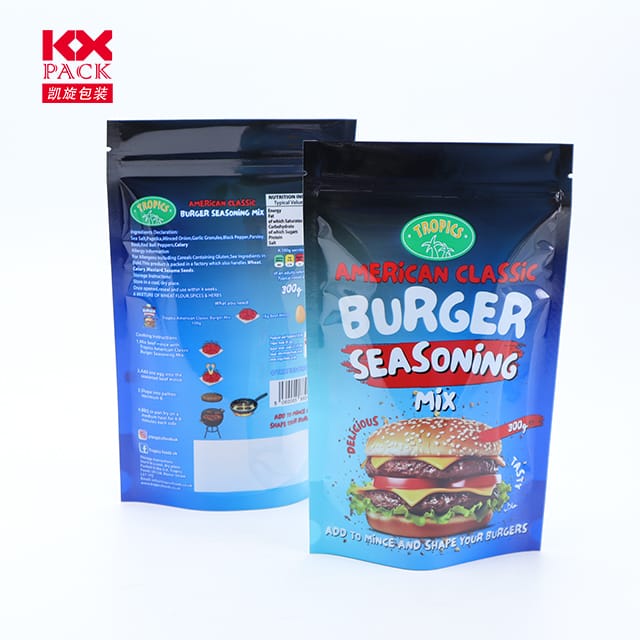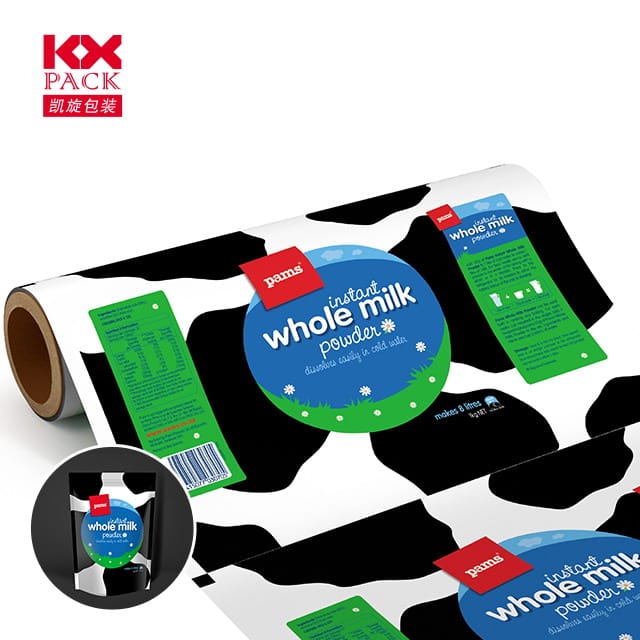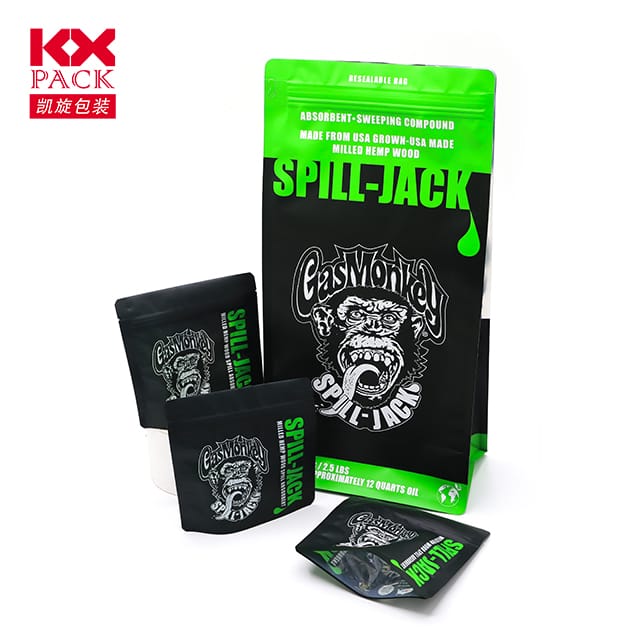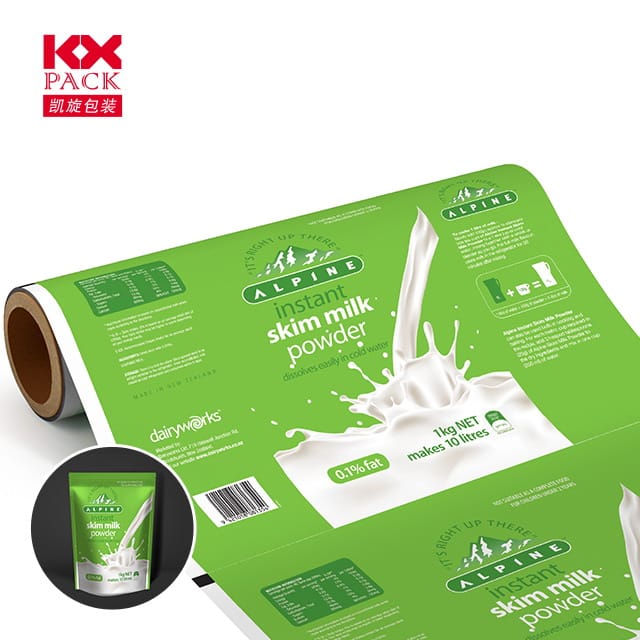ფილმის ლამინირება 101: დაცვა, Enhancing, and Transforming Surfaces with a Thin Layer of Innovation
ფილმის ლამინირება
From glossy smartphone screens to vibrant packaging designs, ფილმის ლამინირება is a quiet hero in modern manufacturing and design. This process involves applying a thin, protective film layer to surfaces, offering durability, ესთეტიკა, and functionality. Whether you’re a DIY enthusiast, a business owner, or simply curious about everyday materials, understanding film lamination can unlock creative possibilities and practical solutions.
რა არის ფილმის ლამინაცია?
Film lamination is the process of bonding a plastic film—typically made from materials like polyester (PET), პოლიპროპილენი (PP), or vinyl—to a substrate (მაგ., paper, მუყაო, ლითონი, or wood) using heat, წნევა, ან ადჰეზივები. შედეგი? A reinforced surface that resists scratches, ტენიანობა, ულტრაიისფერი სხივები, და ქრებოდა, while often adding a sleek finish.
Key Benefits of Film Lamination
- Protection Against Wear and Tear
Laminated films act as a shield, safeguarding surfaces from spills, stains, თითის ანაბეჭდები, და აბრაზიას. This makes them ideal for high-traffic items like menus, პირადობის მოწმობები, or outdoor signage. - გაძლიერებული ესთეტიკა
ფილმები მქრქალში მოდის, კრიალა, textured, or metallic finishes, allowing designers to elevate visuals. A glossy laminate can make colors pop, while a matte finish reduces glare for readability. - გახანგრძლივებული სიცოცხლის ხანგრძლივობა
By preventing fading and degradation, lamination preserves the integrity of documents, artwork, or product labels, reducing the need for replacements. - Functional Upgrades
Specialized films can add properties like anti-graffiti coating, antimicrobial protection, or even RFID-blocking capabilities for security.
Types of Film Lamination Techniques
- Thermal Lamination
Uses heat to activate an adhesive layer on the film, bonding it to the substrate. Common for paper-based products like business cards or book covers. - Pressure-Sensitive Lamination
Relies on adhesive-backed films applied with pressure (მაგ., via rollers or manual tools). Perfect for irregular surfaces or on-the-go repairs. - Liquid Lamination
A liquid coating is sprayed or rolled onto the surface, then cured to form a protective film. Often used for large-format prints or industrial applications. - Cold Lamination
Uses pressure alone to adhere films, eliminating the need for heat. Ideal for heat-sensitive materials like certain plastics or photographs.
პროგრამები ინდუსტრიების მასშტაბით
- შეფუთვა: Laminated films keep food fresh and labels intact, even in humid environments.
- ელექტრონიკა: Screen protectors and device casings use laminated films for scratch resistance and touch sensitivity.
- ავტომობილები: Dashboard overlays and interior panels rely on laminated films for durability and a premium feel.
- Art & Photography: Framed artwork or photo prints are laminated to prevent UV damage and yellowing.
- ნაგებობა: Laminated glass and architectural films improve safety and energy efficiency in buildings.
DIY Film Lamination: Tips for Beginners
Want to try lamination at home? Here’s how to get started:
- Choose the Right Film: Opt for a self-adhesive vinyl or PET film for simplicity.
- Clean the Surface: Dust or grease can cause bubbles—wipe the substrate thoroughly.
- Use a Squeegee: Apply the film slowly, using a squeegee to push out air bubbles as you go.
- Trim Excess: A sharp craft knife ensures clean edges.
For larger projects, consider investing in a basic laminating machine (available for under $50 for home use).
Sustainability Considerations
While lamination extends product life, it’s important to address recycling challenges. Many laminated materials are hard to separate into film and substrate, leading to landfill waste. თუმცა, innovations like:
- Biodegradable films made from plant-based materials.
- Recyclable laminates designed for easy separation.
- Reusable films (მაგ., static-cling overlays) are reducing environmental impact.
ფილმის ლამინირების მომავალი
Advancements in nanotechnology and smart materials are pushing boundaries. Imagine laminates that:
- Self-heal scratches.
- Change color with temperature or light.
- Generate energy via embedded solar cells.
The possibilities are as thin—and limitless—as the films themselves!
საბოლოო აზრები
Film lamination is more than just a protective layer—it’s a tool for innovation, მდგრადობა, და შემოქმედება. Whether you’re preserving memories, branding products, or designing the next breakthrough material, this humble technology deserves a closer look.
Have you used film lamination in a project? Share your tips or favorite applications in the comments below! 🎬✨







